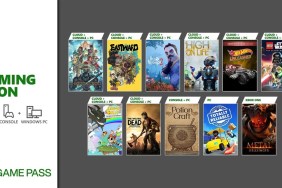Neither rain nor snow nor mud nor dark of night shall stay these four-wheeled couriers.
You walk into your garage, keys in hand, ready to hit the hills for a drive. Do you take a seat behind the wheel of your classic Mercedes-Benz 300 SL and go for a recreational cruise, or do you instead start up your more modest Lancia Delta…
-
Great new physics
-
Returns to its European roots
-
Streamlined racing experience
-
Dozens of hours of single-player content
-
Tight trick controls
-
Buried leaderboards











